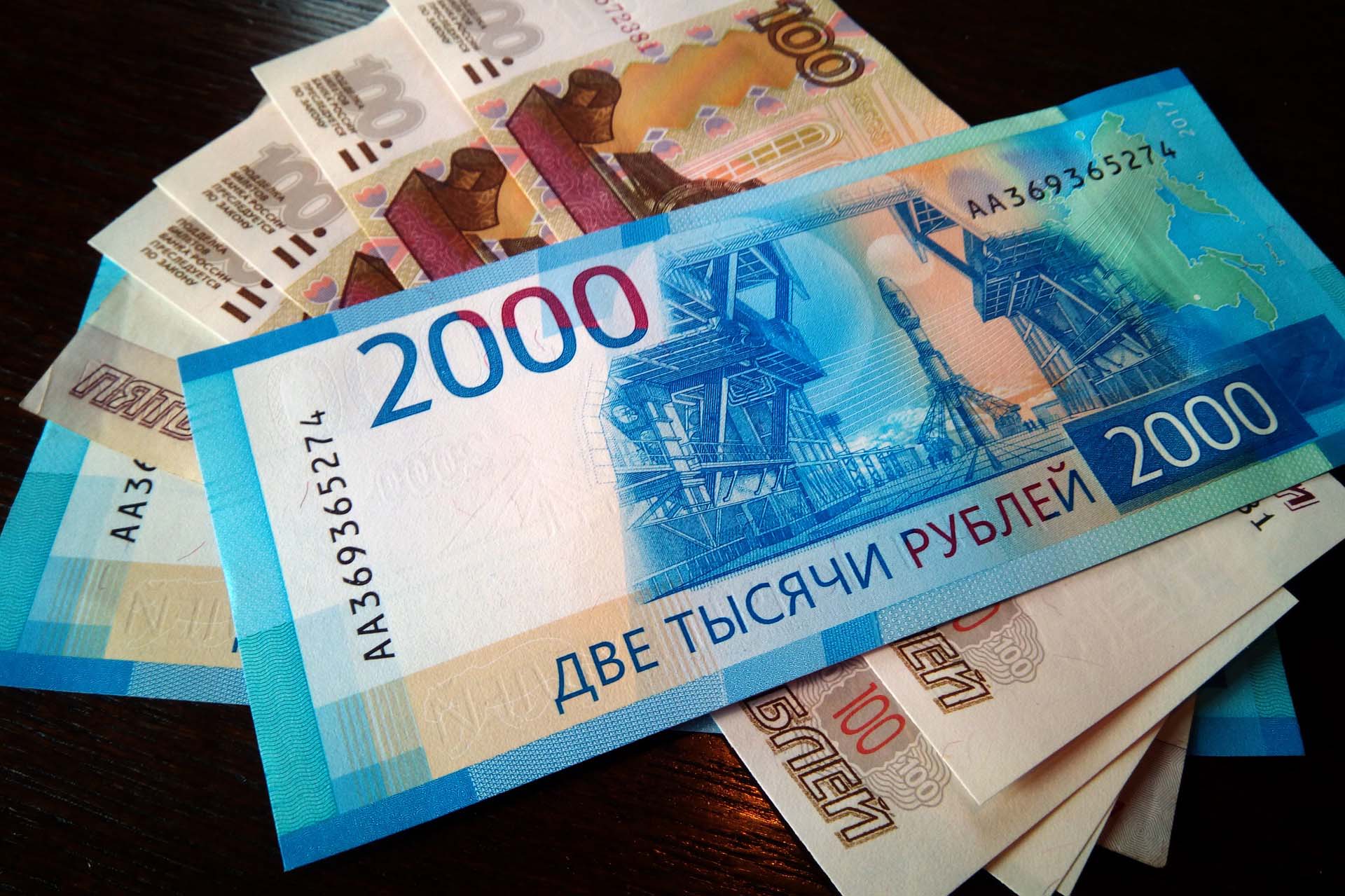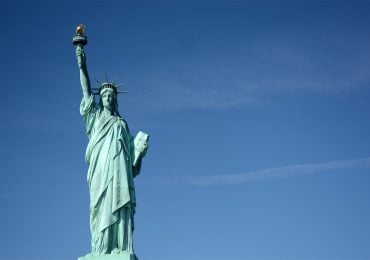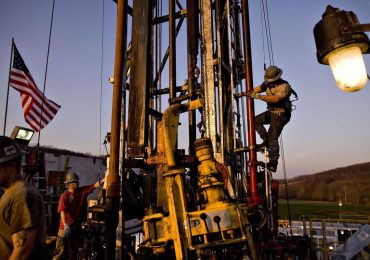Fall of the Russian ruble: how and why this can happen?
The Russian economy is quite young. It is not even thirty years old. During this time, it has strengthened so much that it adequately survives sanctions and external restrictions. The ruble, whose price is determined by the market, has existed for 4 years. This currency claims, following the yuan, the right to be a reserve monetary unit for international payments.
The market and the Central Bank usually determined the currency rate of the Russian Federation: during the unrest, the Central Bank made concessions.
To understand the prospects of the ruble, it should be remembered that when the Russian economy started in 1993, oil cost just over $ 13 per barrel. Currently, its price is $ 60. Black gold has risen in price four times. However, we do not see a fourfold growth of the Russian economy. Therefore, the statement that the ruble exchange rate depends on the price of oil is not entirely correct. When hydrocarbons became more expensive, the ruble did not strengthen against the dollar, but on the contrary, it lost the position many times.
Recently it is believed that the ruble has finally become a market currency. Its price determines the supply and demand in global markets. The ratio of the ruble and oil has been traced more clearly recently, but was again broken – in 2016. This happened before the intervention of the Ministry of Finance in the free market.
This suggests that in the long-term perspective there is no direct link between the ruble exchange rate and the oil price.
Fall of the Russian ruble: currency will weaken in order to strengthen in the future
The derivative of the exchange of goods between states determines the rate of their currencies. For an equivalent exchange, you should agree on the cost of production. However, the price of a commodity belonging to a country in which inflation is higher will begin to fall relative to similar indicators of a state with lower inflation. Therefore, an adjustment is made to inflation and this determines the exchange rate.
The reality is that the rate of the monetary unit of a state with higher inflation will fall compared to the currency of a country with a lower index. Above was described the dynamics of the ruble and the dollar.

With the introduction of sanctions against the Russian Federation in 2014, international capital left Russia. This was the cause of the devaluation of the ruble. We should expect capital inflows only if the sanctions are lifted. And after that the ruble will strengthen.
If you take into account long-term time schedules, the rate of the national currency of Russia to the US dollar will reach 100 in 1 in 9 -10 years. The figure of 75 rubles for $ should be expected by 2021.
However, 100 for 1 can be expected in 2 and 4-6 years. Moreover, pessimistic scenario may not be realized. It all depends on the vagaries of the global economy and the policies of the United States and China, as well as Europe.









